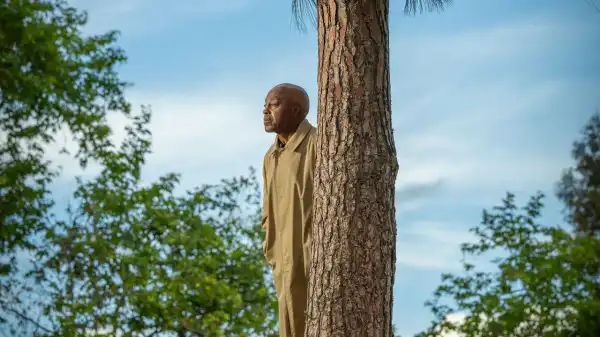
Save This StorySave This StorySave This StorySave This StoryYou’re reading The Critic’s Notebook , our weekend column in which we examine the most significant aspects of the cultural zeitgeist.
August 6, 1965. The establishment adds another element to the foundation of its imaginary Great Society. Washington power brokers and civil rights activists surround President Lyndon B. Johnson as he signs the Voting Rights Act. Johnson, who came to power amid chaos—madness and violence—is eager to be embraced not as a deputy but as a patrician who can make the country fairer than before. The promise of dignity and freedom for all—and this time, it must include blacks, people on the margins, whom the president will lead by the hand to the comforts of the twentieth century. Yet the shattering of this dream of a liberal order comes just five days after the signing ceremony: an uprising on the other coast, in the black enclave of Watts.
Los Angeles annexed Watts, an independent city, in 1926. What the metropolis acquired in its expansion was two square miles of former Mexican pasture land, newly modernized by the railroad. With the railroad came the population the Industrial Age needed to fuel its gains: Japanese, poor whites, and eventually blacks, who grew in numbers by the 1940s. In a wave known as the Second Great Migration, thousands left the Jim Crow states of the South to go not only “North,” following the predecessors of the first half of the century, but also “West,” to two outposts of a quasi-terra nova, a new world. Those bound for Los Angeles tended to arrive at the kind of unofficial port of entry that was Watts, or rather the chunk of Watts they were originally assigned: the neighborhoods south of 103rd Street and Central Avenue, nicknamed Mudtown. A black man who supported himself and his family by working in one of the many munitions factories that sprang up in the area might save enough to buy a house in Watts. It wouldn’t be a big house, and blockbuster speculators would flip it—“This Lonely Town,” a New York vaudeville show that satirized California’s greed for property, named its fictional boomtown Watts—but it would be surrounded by shrubs, marked by a lawn, protected perhaps by a fence, and it would be his.
This lonely city. Who thought it was lonely? By the sixties, more than three hundred thousand people made up Black Los Angeles, up from just sixty thousand twenty years earlier. And this growing population, threatened by poverty and police violence, felt the city’s hostility. Watts—because of its isolation from what passed for real Los Angeles and its emerging and then established working-class blackness—was especially neglected and subject to violence. On August 11, 1965, the Los Angeles police stopped Marquette and Ronald Frye, two brothers, on suspicion of drunken driving. Marquette resisted as they handcuffed him. The police escalated the stop, calling in a swarm of backup officers. Rena Frye, their mother, rushed to her sons’ defense; the police pinned her against a patrol car, and the officers hit Marquette with a nightstick. Angry neighbors took to the street corner. The conflict that unfolded around them involved tens of thousands of people and lasted six days. The National Guard was sent to South Central. Thirty-four people died. The upheaval shocked Martin Luther King Jr., who stood with Johnson when the Voting Rights Act was signed. He visited Watts but also faced some rebuke from the people. “Civil rights organizations have failed,” James Farmer, then director of the Congress of Racial Equality, said after the riots, because “nobody had roots in the ghetto.”
Charles Burnett, a child of the Great Migration who was twenty-one at the time of the uprising, escaped the riots. He watched the National Guard stand guard outside his window. Burnett felt no sense of alienation or superiority. As a student at UCLA, he commuted between home and school, a distance of several miles that exposed the contradictions of Los Angeles. As a student of creative writing and film, he found himself following an intellectual trend: he was a radical, a New Negro; he opposed the Vietnam War and the violence his people were enduring back home. But he also knew that his way of expressing his emotions had to be different from that of the young people in Watts he knew and loved, people who had not gone to college but who still reminded Los Angeles of their humanity.
Sourse: newyorker.com